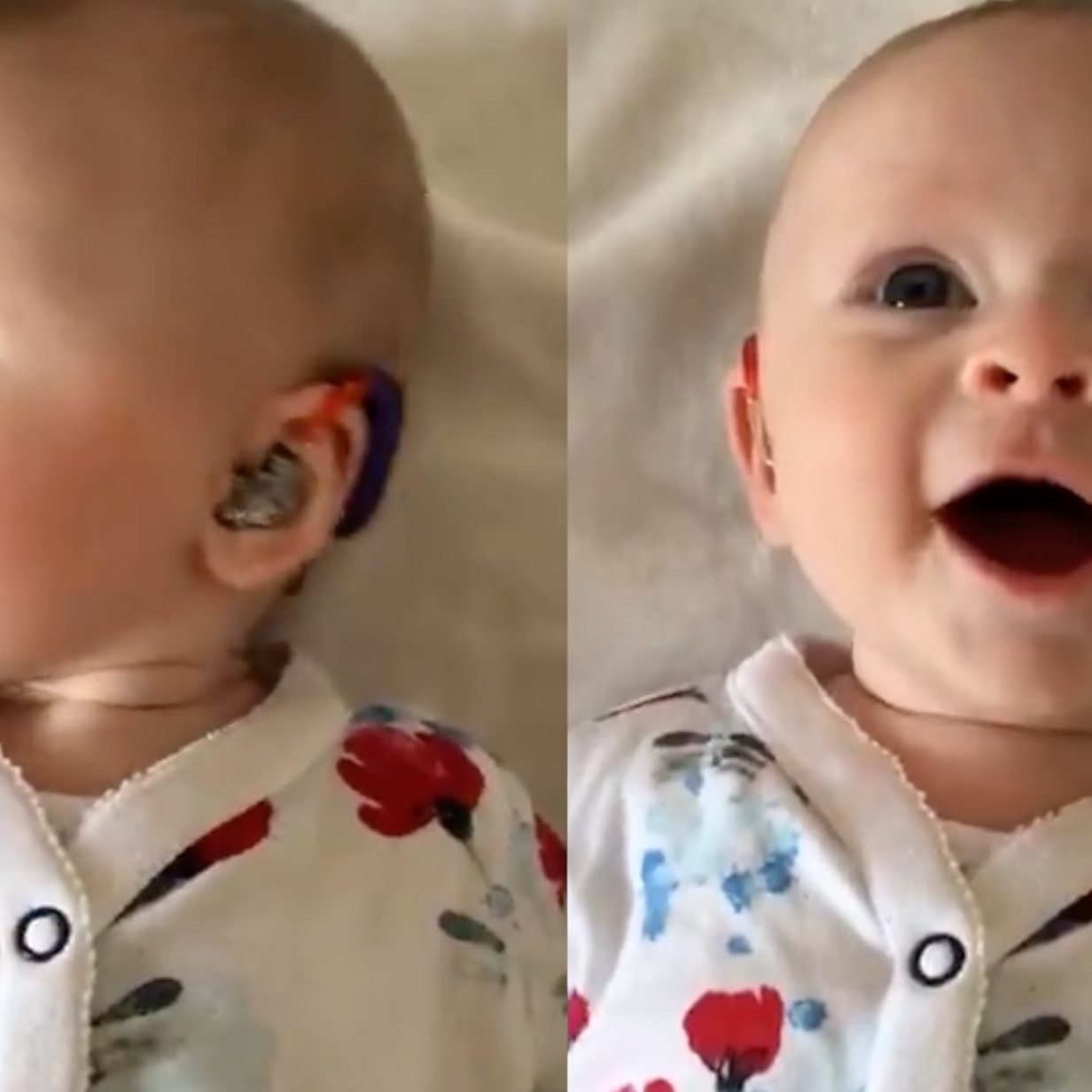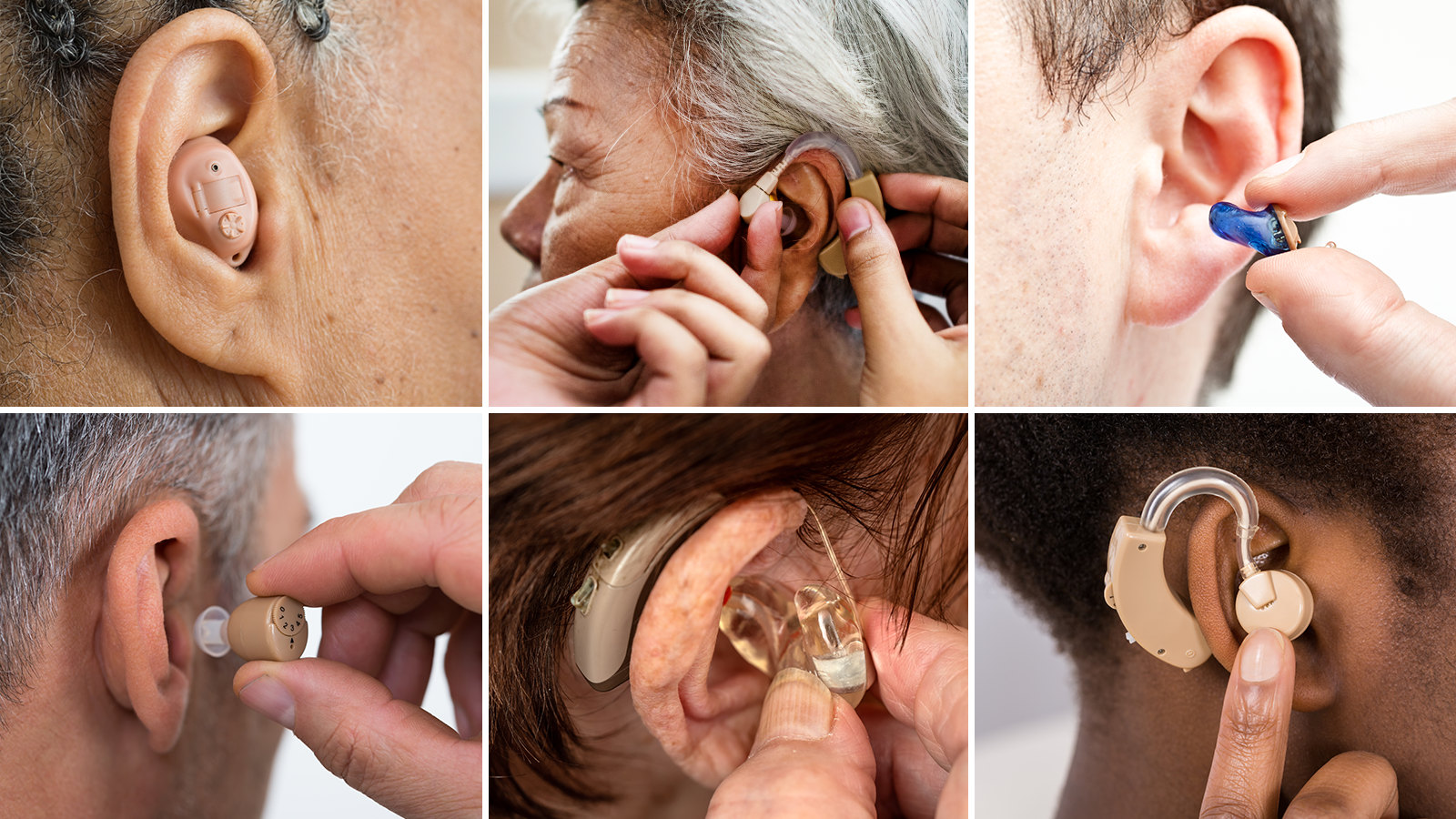Getting The Hearing Aids - Ear, Nose and Throat (ENT) Care - Mercy Health To Work


Beyond a Hearing Aid - Mayo Clinic - YouTube
Excitement About Considering hearing aids? What you need to know about
In-the-ear (ITE) help: This hearing help sits completely in the external ear (the "bowl" of the ear). www.hcaudiology.net.au help electronic devices are housed in a custom-fit shell. In-the-canal (ITC) aids and completely-in-the-canal (CIC) aids: These are the tiniest hearing aids currently offered. The electronics are contained in a little custom-fit shell that fits partly or entirely into the ear canal.


Hearing Aid FAQs - Coastal Ear Nose & Throat
Listening Devices Includes Today's hearing help feature a range of features. Here are some of the more common ones. Directional microphones concentrate on sound from a particular instructions. They might help you hear someone in a face-to-face conversation over the noise around you, for instance. Telecoils enable the listening devices to get sound straight from suitable phones or suitable stereo in public locations, such as theaters and holy places.

Widex Hearing Aids & Devices - Get a Quality Hearing Aid
Getting Hearing Aids Medical assessment needed for children (younger than 18 years of age) While hearing loss in adults is typically triggered by aging or sound direct exposure, the reasons for hearing loss in children are more diverse and may be associated with other medical conditions requiring medical examination and treatment.
